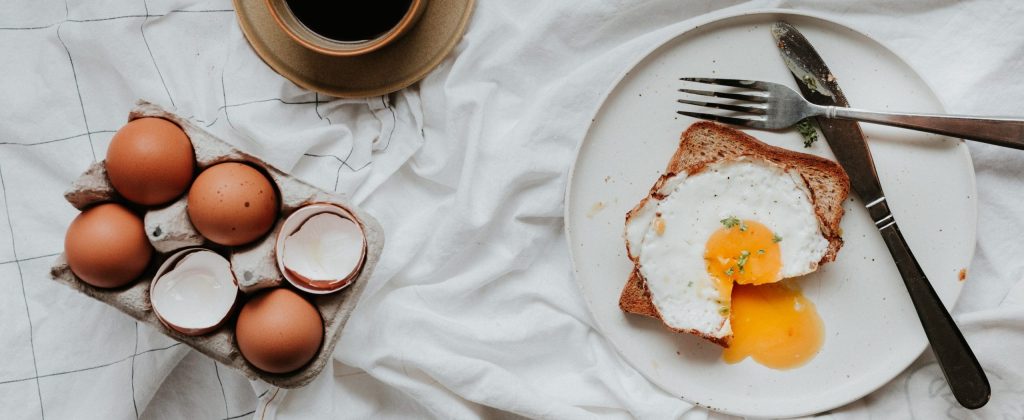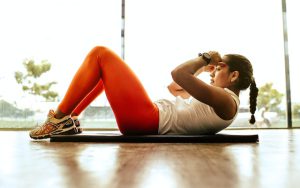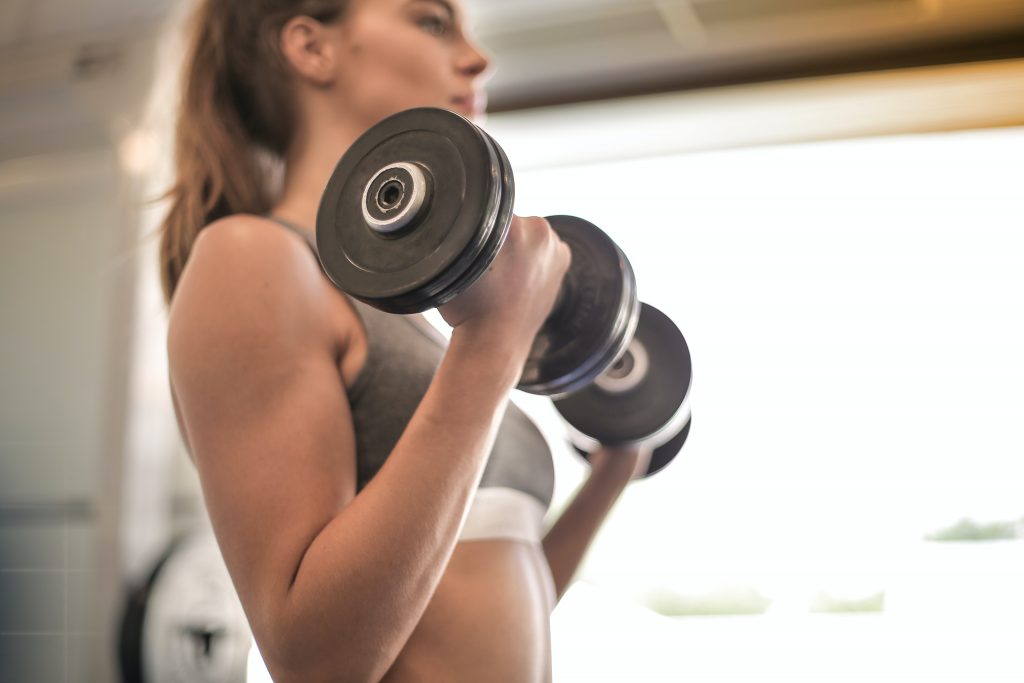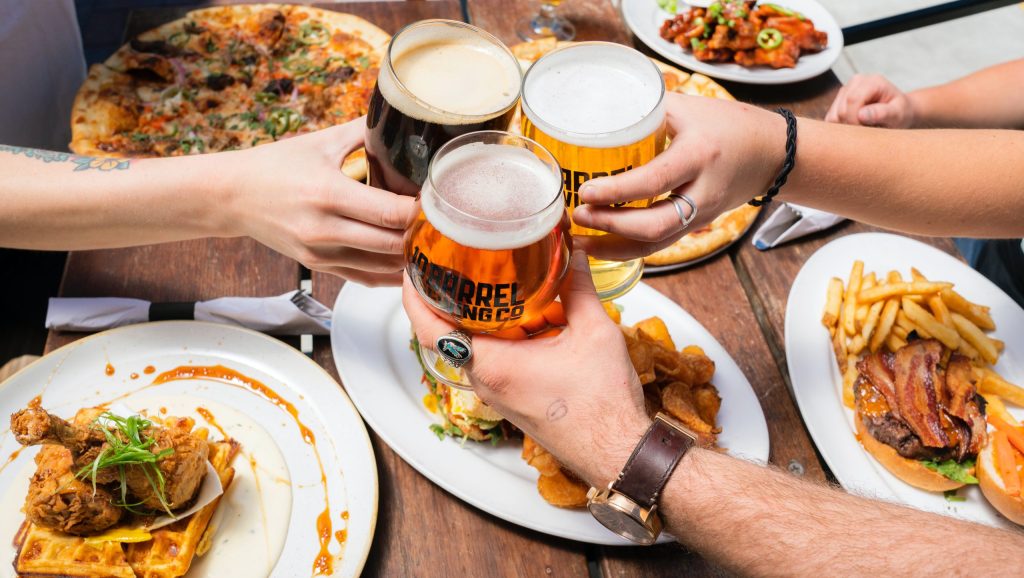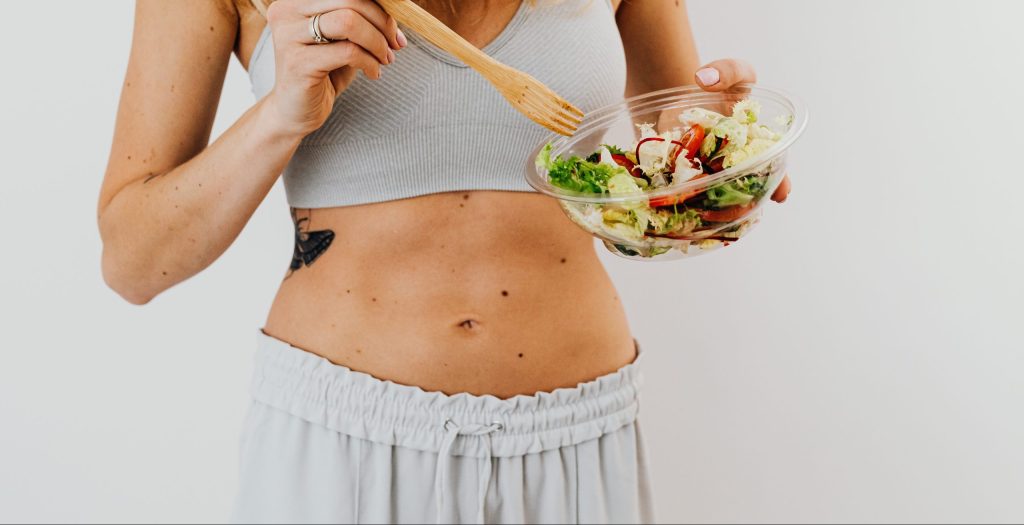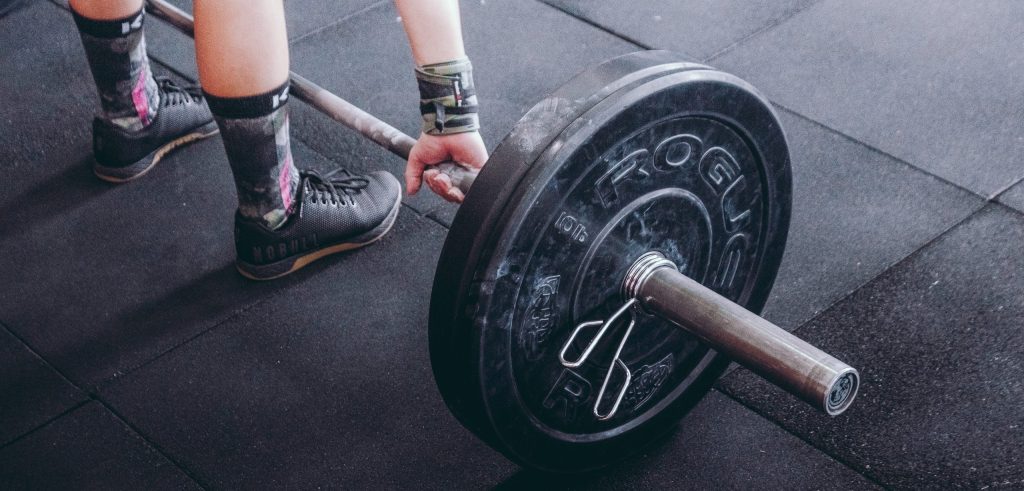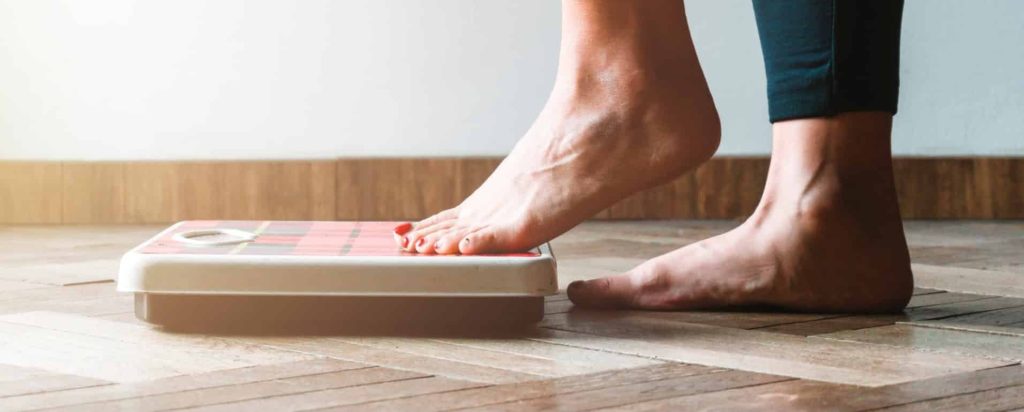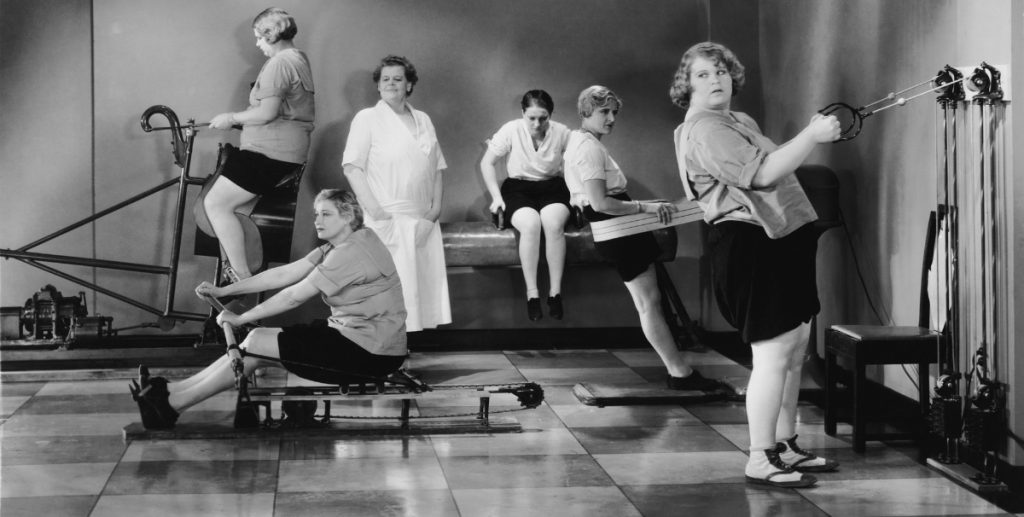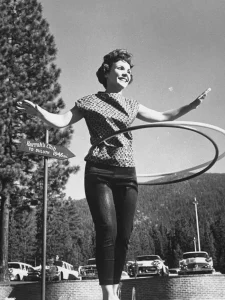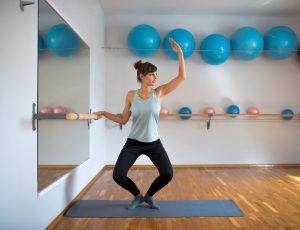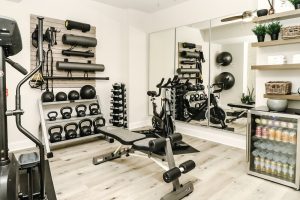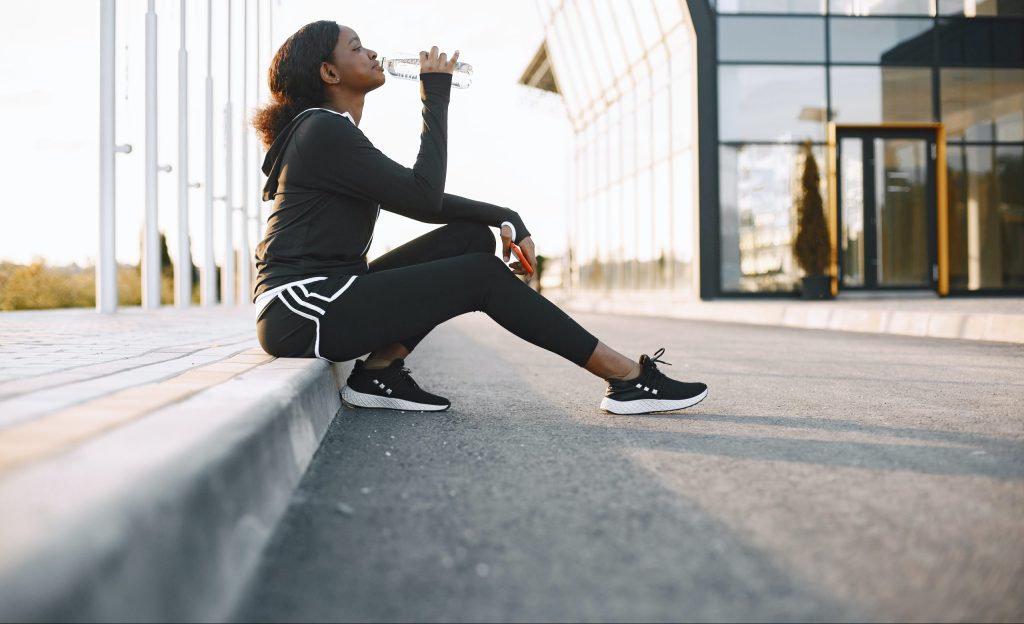Are abs made in the kitchen?
One of both women and men’s biggest insecurities is their belly fat. Almost everyone you know has probably complained to you at some point about looking “fat” while pointing to their belly. How much fat you store around the stomach depends on many factors such as genetics, your age and sex, or having diseases such as diabetes. However, most of the time, it comes down to your mental and physical health, your diet and the food you consume, and the way they affect your body.
Cortisol – the stress hormone is one of the leading causes of weight and fat gain in both men and women, but why? “Cortisol is released when you’re under stress. This sends your body into fight-or-flight mode, temporarily pausing regular bodily functions and slowing your metabolism”. Not does it only slow down your metabolism, but it also leads to craving sweet and salty food, which ultimately increases your calorie intake.
Now that we’ve mentioned some factors that might cause and influence your belly fat, lets answer your question. Are abs made in the kitchen? – well the answer is not that simple. In order to have visible abs, a sculpted stomach and a thin waistline, you must have lower body fat.
How is lower body fat percentage achieved?
A healthy body fat percentage for women is between 25-31%, and for men this range is around 18-24%%. If you are overweight and have a high fat percentage, it may be time to consider adopting a healthier lifestyle.
some tips you can follow:
Eat in a calorie deficit
If you need to lose weight when opting for better overall health. Try being in a calorie deficit until you reach a healthy weight, then maintain that weight. This does not mean that you should follow a restricting diet. You can implement the food you enjoy in your diet, you only need to stick to the calorie deficit.
Learn about Macronutrients (Macros) and count them.
Macros are nutrients including carbs, proteins and fats. Increase your protein intake, eat fiber-rich food and vegetables, and include more slow-digesting carbs in your diet.
Avoid liquid calories, including alcohol.
Liquid calories count as any other source of calories! They can add on to the calories you already consume, and produce abdominal fat, while also producing acid reflux and causing bloating.
Start resistance training and try HIIT workouts!
Research shows that HIIT can increase your metabolism and reduce both subcutaneous fat and belly fat better than other types of exercise, including moderate-intensity training and aerobic exercise. Resistance training can also help you build muscle and lose fat at the same time, while increasing your metabolism.
Maintain a sleeping schedule, and get a good nights’ sleep!
Prioritizing rest and sleep will help you with both your mental and physical health. When you don’t get enough sleep, you have less energy to get your daily movement and exercise. Meanwhile, your body releases cortisol and conserves energy (body fat) while increasing your cravings.
Does exercising play a role in this?
The simple answer is, yes, but not as big of a role as you might think. Your diet is the most important component in your fitness journey. It is responsible for 80% of your progress and the way you look; the rest of the 20% is your daily movement, exercise or training. Imagine that you spend three hours in the gym every morning, then come home and eat cereal, eat take out for dinner, have snacks like chocolates and chips all day and finish the day off with a big bowl of pasta. Do you think that will give you the results you want? The answer is no, even if the results you want are weight gain. If your body doesn’t get the macros, the nutrients it needs daily, your fitness goals cannot be achieved. Healthy weight gain or weight loss is the way, stick to the tips given above and fuel your body properly.
There are no specific exercises that will target your abdominal muscles and cause fat loss in the midsection. Spot reduction is a myth: targeting specific areas of your body, and only losing fat/weight in that particular spot is impossible. What you can do is combine your healthy nutrition and diet, together with your fitness exercising plan, be patient, consistent and stop starting over.
Abs are made in the kitchen, and no matter how hard you exercise, lift weights, or run, you can’t outwork your bad diet.

